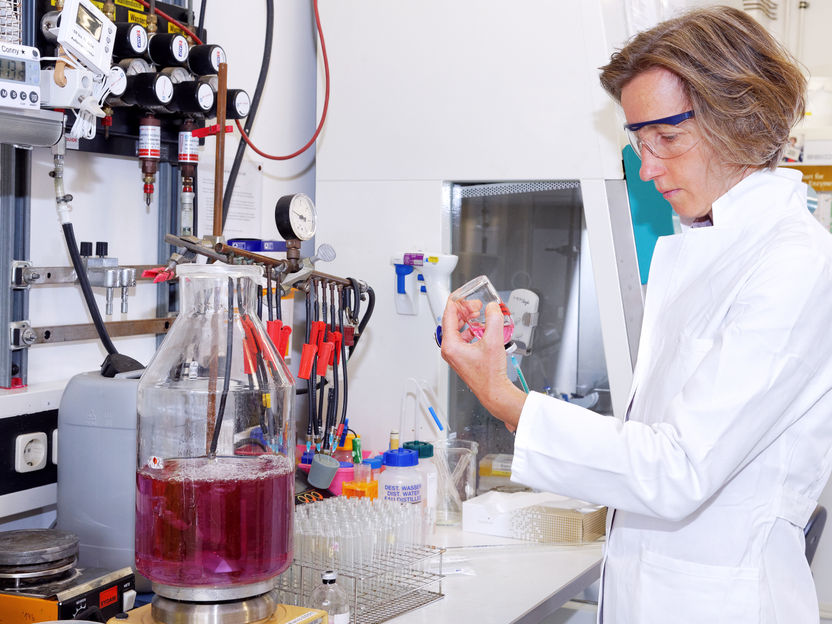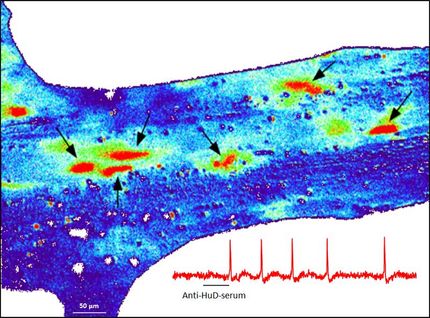The first chemical circuit developed
The organic electronics research group at Linköping University previously developed ion transistors for transport of both positive and negative ions, as well as biomolecules. Tybrandt has now succeeded in combining both transistor types into complementary circuits, in a similar way to traditional silicon-based electronics.
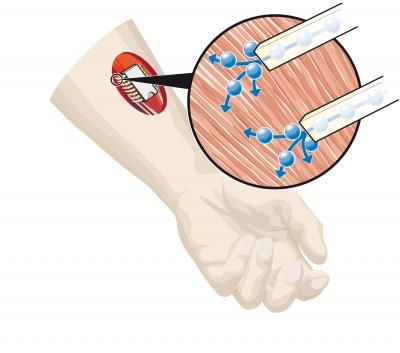
The chemical chip can control the delivery of the neurotransmitter acetylcholine. This enables chemical control of muscles, which are activated when they come into contact with acetylcholine.
LiU/Ingemar Franzén
An advantage of chemical circuits is that the charge carrier consists of chemical substances with various functions. This means that we now have new opportunities to control and regulate the signal paths of cells in the human body.
"We can, for example, send out signals to muscle synapses where the signalling system may not work for some reason. We know our chip works with common signalling substances, for example acetylcholine," says Magnus Berggren, Professor of Organic Electronics and leader of the research group.
The development of ion transistors, which can control and transport ions and charged biomolecules, was begun three years ago by Tybrandt and Berggren, respectively a doctoral student and professor in Organic Electronics at the Department of Science and Technology at Linköping University. The transistors were then used by researchers at Karolinska Institutet to control the delivery of the signalling substance acetylcholine to individual cells. The results were published in the well-known interdisciplinary journal PNAS.
In conjunction with Robert Forchheimer, Professor of Information Coding at LiU, Tybrandt has now taken the next step by developing chemical chips that also contain logic gates, such as NAND gates that allow for the construction of all logical functions.
His breakthrough creates the basis for an entirely new circuit technology based on ions and molecules instead of electrons and holes.
Other news from the department science

Get the life science industry in your inbox
By submitting this form you agree that LUMITOS AG will send you the newsletter(s) selected above by email. Your data will not be passed on to third parties. Your data will be stored and processed in accordance with our data protection regulations. LUMITOS may contact you by email for the purpose of advertising or market and opinion surveys. You can revoke your consent at any time without giving reasons to LUMITOS AG, Ernst-Augustin-Str. 2, 12489 Berlin, Germany or by e-mail at revoke@lumitos.com with effect for the future. In addition, each email contains a link to unsubscribe from the corresponding newsletter.
More news from our other portals
Last viewed contents
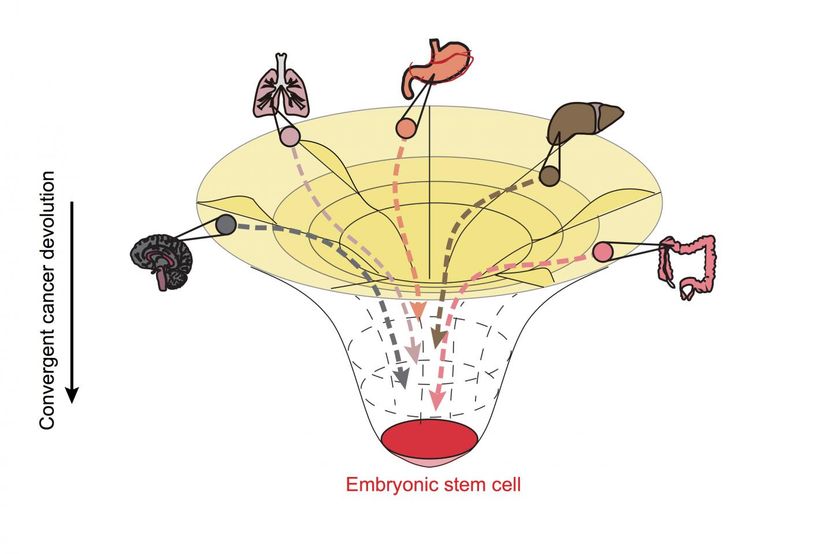
A dominant evolutionary theme emerges to better predict clinical outcomes for cancer
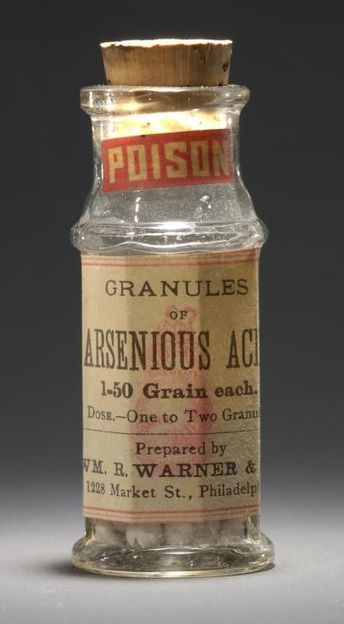
Organic foods may be an unsuspected source of dietary arsenic
